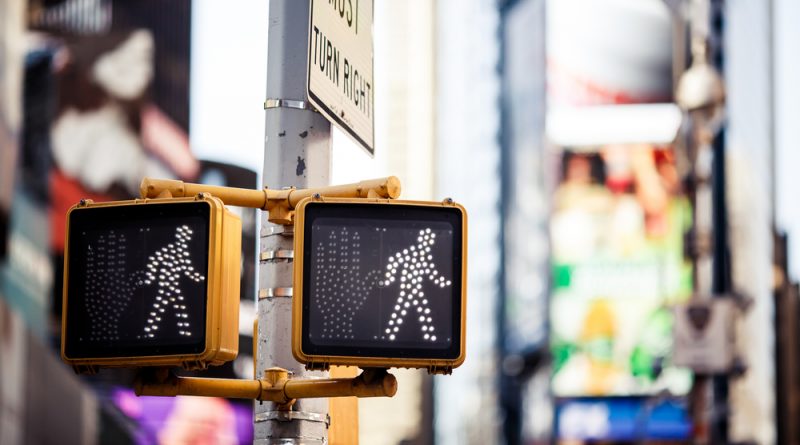Walking can be just as dangerous as driving a car
The easiest way to get around town is by walking. If you don’t own a car or if your car is broken you will most likely walk to your destination or even to the bus stop. But there’s evidence that proves that even walking across the street is getting more dangerous.
A report released by the Governors Highway Safety Association shows that the number of pedestrians killed in traffic rose 11 percent in 2016, to nearly 6,000 deaths. That’s the biggest yearly increase in pedestrian fatalities ever and the highest number in more than two decades.
“It is alarming,” says GHSA executive director Jonathan Adkins, “and it’s counterintuitive.”
It was reported by the National Safety Council that traffic deaths went up 6 percent nationwide in 2016. There are many recorded reasons for the rise of pedestrian fatalities. One of the causes is distracted drivers and pedestrians. When both parties are oblivious to the traffic around them because of cellphones, accidents like these tend to take place. Furthermore, according to the GHSA report, 74 percent of pedestrian fatalities happen at night, and 72 percent of those killed were not crossing at intersections.
Another leading factor of pedestrian fatalities was alcohol. The GHSA report indicated that 15 percent of pedestrians killed each year are hit by a drunk driver, while 34 percent of pedestrians killed were legally drunk themselves. It was recorded that one-third of pedestrians killed in traffic had blood-alcohol (BAC) levels above the .08 threshold for drunk driving.
Furthermore, U.S. pedestrian deaths totaled nearly 6,000 in 2017 for the second straight year, according to the GHSA. That would reflect no change after 2016’s increase.
“We’ve done a good job in highway safety in telling people that when you go out to the bar and you’re drunk, don’t get behind the wheel,” says Adkins. “But you should really be careful about walking, particularly if you’re walking at night, and you’re walking a distance.”
The spike in pedestrian deaths comes despite improvements in vehicle safety, including recent introductions of automatic emergency braking systems, rearview cameras, and collision-alert technology. Adkins and other safety advocates believe that there are still improvements to be made and suggests lower speed limits, better road designs, and more sidewalks in order to prevent and reduce fatalities.




